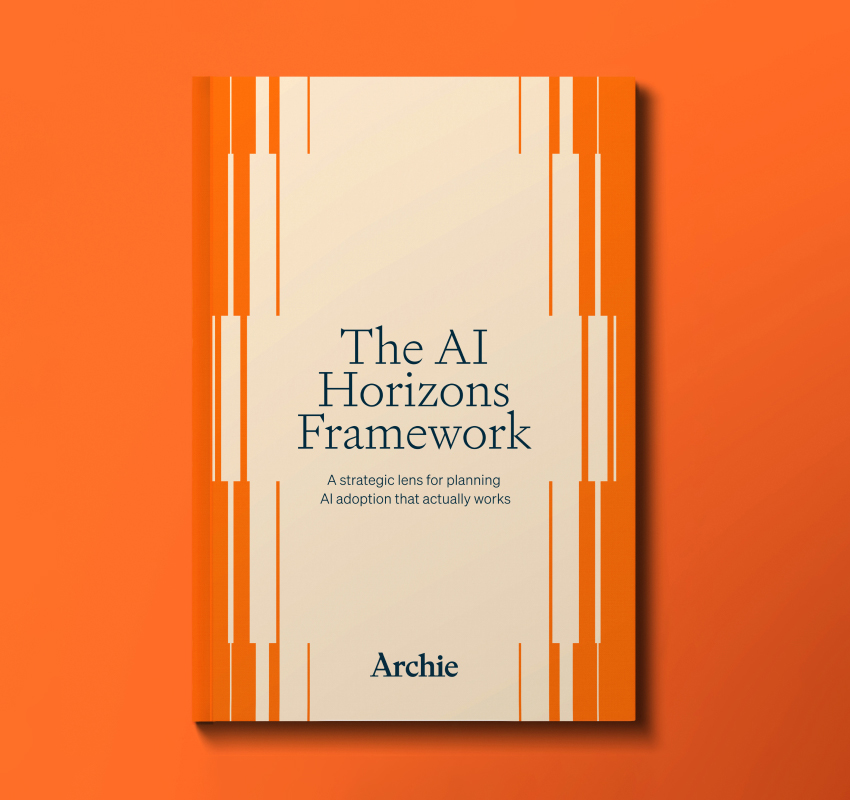It’s ‘Compliance Is Dead’ All Over… But This Time with AI
We’ve heard this before: “compliance is dead,” now rebranded as “AI will replace accountants.” Stuart unpacks how the profession isn’t dying, yet again, and how AI helps firms meet demand, not erase the role.
There’s a lot of noise out there about how AI is going to “replace” accountants. It reminds me of the early days of SaaS in accounting, when people were claiming compliance work was dead. Ha! The framing was wrong back then, as this framing is wrong now.
AI isn’t about replacing humans, it’s about filling the gaps the industry is already facing.
The reality is stark: fewer accounting graduates are entering the profession, while experienced accountants are retiring in record numbers. The work isn’t disappearing—it still needs to get done. The question is, who’s going to do it?
So AI isn’t about eliminating humans, it’s about expanding what’s possible. Just like SaaS transformed accounting by making processes faster, more connected, and scalable, AI is set to take accounting services to the next level. But here’s the key: this isn’t about replacement; it’s about evolution.
By taking on the drudgery, AI allows accountants to focus on higher-value work like advisory, strategy, and building client relationships. It’s not about taking away jobs; it’s about enabling the profession to keep pace with demand. The value isn’t in replacing human expertise, but in amplifying it.
AI also levels the playing field.
For smaller firms that can’t afford full-time staff for every function, AI provides a scalable solution—delivering insights and support at a fraction of the cost and time.
If history has taught us anything, it’s that new tools don’t eliminate the profession, they transform it. The fear of “what gets taken away” quickly fades as people see what’s gained instead. SaaS didn’t kill compliance; it made it faster and more efficient. AI will do the same for client accounting services. It’s not replacing accountants; it’s helping the profession bridge the gap and evolve.
So instead of asking whether AI will replace accountants, the better question is: how will it redefine what’s possible in client accounting services?




